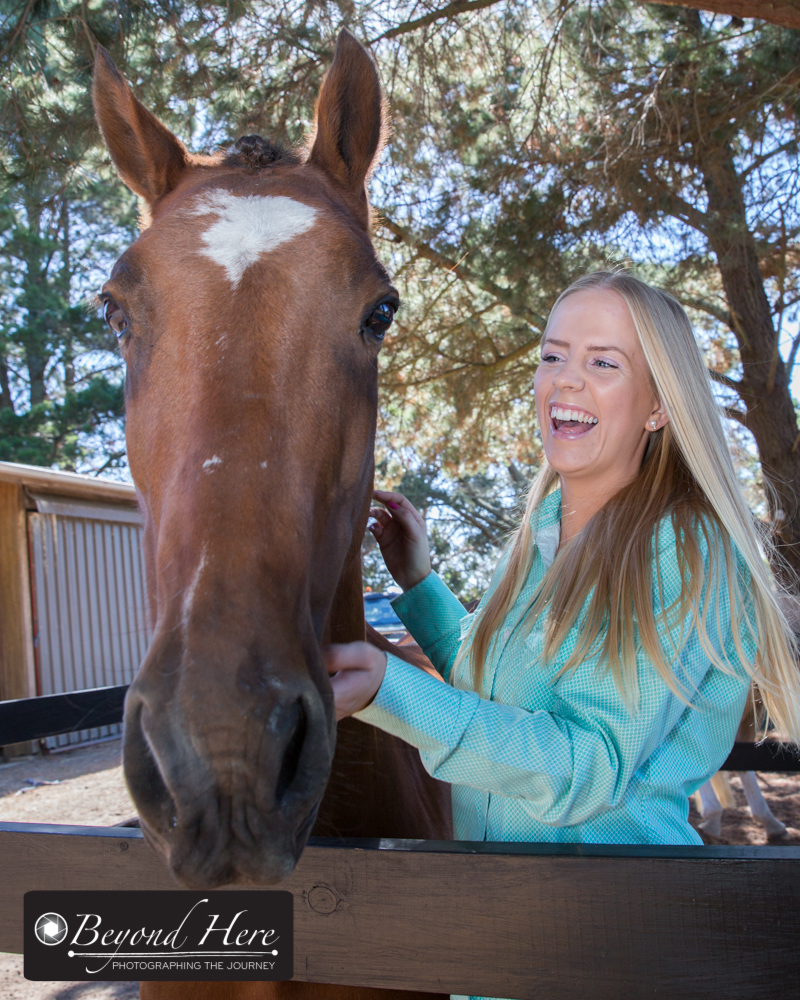This month I had the opportunity to meet with a new stock photographer. He is excited about the possibilities stock photography presents, and we had a great discussion over nearly 3 hours. It reminded me that stock photography can be overwhelming at first. That’s prompted me to help new stock photographers by outlining what to expect starting in stock photography.

Your first pay day from stock photography will take time. Be patient. Keep learning. Keep going.
Beginning in stock photography is straight forward. You get online, open an account, and start uploading. I outlined some of my experiences in this post. If you haven’t already, go ahead and open an account with a micro stock site now. There is a link to shutterstock in the margins of this blog.
Once the account is open, that’s when many photographers let their doubts takeover.
Here are 5 things to expect starting in stock photography and how to deal with them.
Each Micro Stock Sites Upload and Review Process Seems Confusing.
While some are simpler than others, most new stock photographers deal with a level of frustration with the upload and review process. If you expect some frustration and be patient as you learn the process, you will succeed. Remember that thousands of people are uploading to these sites every day. If they can learn how, you can too. Be patient. Persevere. If you need help, ask other contributors to that micro stock site. They have gone through the confusion you are dealing with.
There Will Be Highs and Lows in Your First Year.
Highs and lows might continue well beyond your first year (!) but they are almost guaranteed when you are starting out. There is usually a period of great excitement and optimism when a photographer begins, followed by the realization that stock photography is not ‘easy money’. When the inevitable lows hit, just keep going. Persevere. (There’s that word again!) Don’t let the lows knock out the optimism of the highs. Push forward. Stock photography can provide great rewards, but it does take time and consistent effort.
Other Photographers Work Seems Better Than Your Own.
There is good and bad to looking at other photographers work. The good is that you can be inspired and it can motivate you to shoot better and better stock images. The bad is that you feel like your work is not good enough. Try not to let the negative comparisons overcome you. If the quality of your work keeps improving you will succeed in stock photography.
Sales Will Take Time.
Please don’t expect sales to begin on day 1 and continue every hour. While in theory that is possible, you are likely to experience no sales to begin with. Check that you are applying appropriate keywords, but then remind yourself that it is the image libraries job to make sales. The photographers job is to shoot and upload relevant content. There’s an old stock photographer’s saying which might help you – in good and bad times, shoot, upload, repeat.
You Will Doubt that the Effort is Worth the Reward.
There will come a time when you wonder whether the time and effort is worth the reward. Stock photography is not like a job. You don’t get paid based on the hours you put in. You get paid based on how much useful content you are generating. When that doubt gets to you, remember that all successful stock photographers started in the same way as you – uploading and key wording one image at a time. The more images you upload the more likely you are to have financial success.

Don’t let the doubts get to you. Keep learning, keep working, and success in stock photography will come to you too.
Thanks for reading what to expect starting in stock photography. The first year in stock will be challenging. Keep going. Shoot better and better content. Enjoy the process. Best wishes.


 Tip #2 Cute Baby Animals Sell as Stock Images
Tip #2 Cute Baby Animals Sell as Stock Images Tip #3 Look for Groups of Animals
Tip #3 Look for Groups of Animals Tip #4 Focus on Color
Tip #4 Focus on Color Thanks for reading. Wildlife photography is a very competitive business. I hope these tips will help in improving stock photography results for wildlife photographers. For more reading please see
Thanks for reading. Wildlife photography is a very competitive business. I hope these tips will help in improving stock photography results for wildlife photographers. For more reading please see 



















